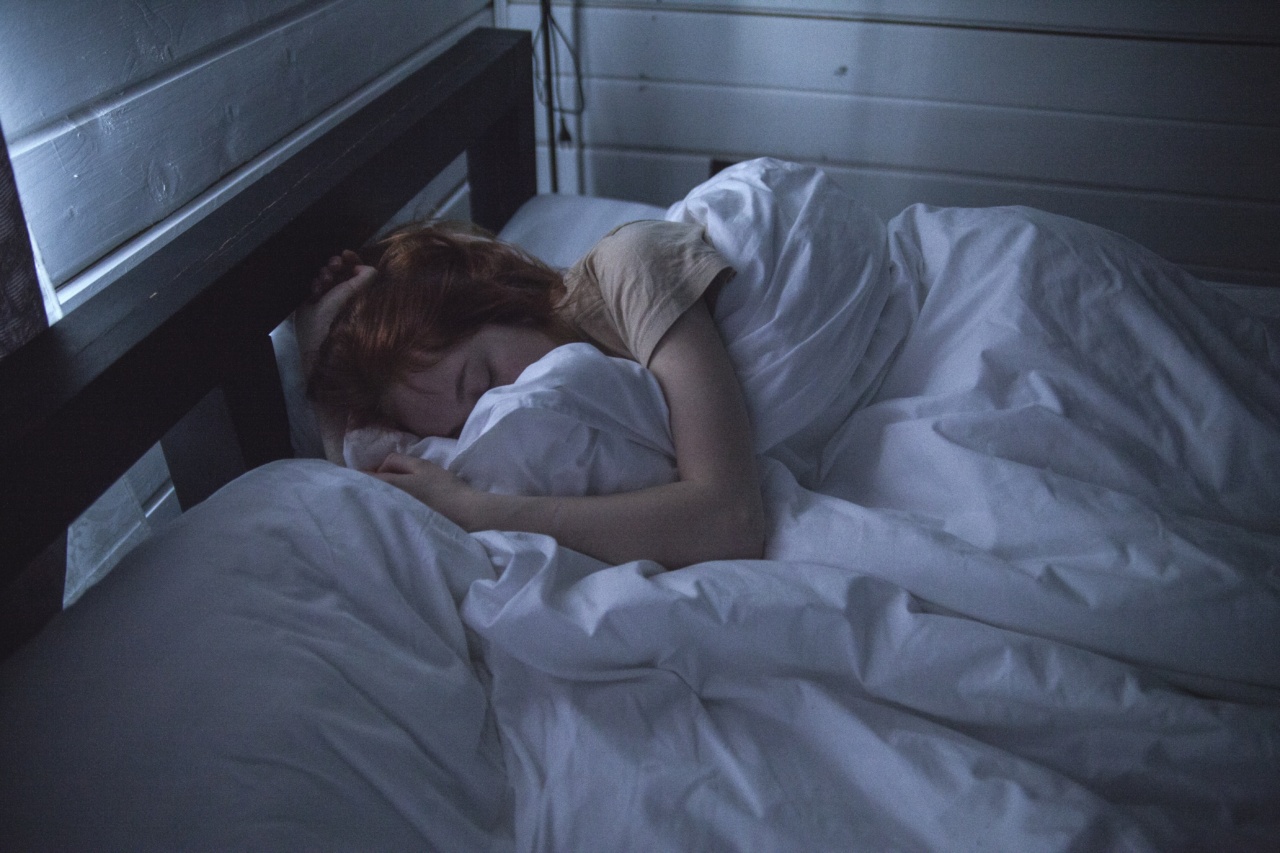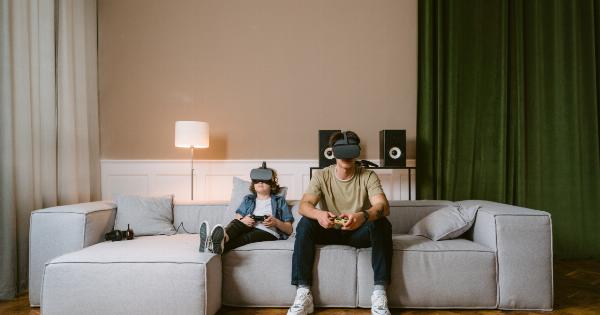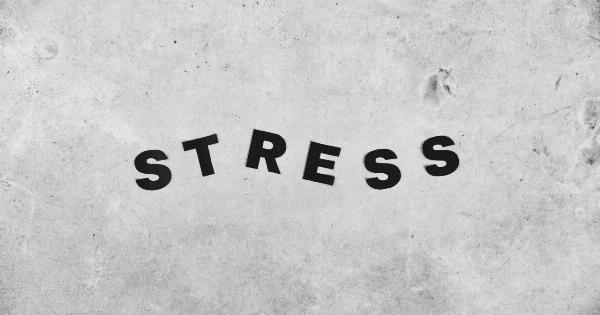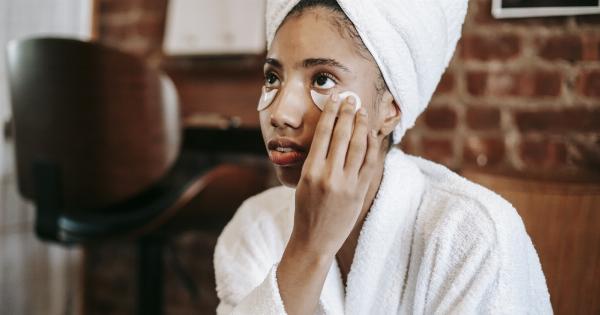Do you often find yourself tossing and turning in bed, unable to drift off into a peaceful slumber? Millions of people struggle with sleep-related issues, leading to fatigue, lack of focus, and various health problems.
Luckily, there are several effective strategies you can incorporate into your routine to improve sleep quality and experience more rejuvenating nights. In this article, we will explore two different paths toward a good night’s rest: establishing a sleep routine and utilizing relaxation techniques.
By adopting these approaches, you can enhance your chances of achieving deep, rejuvenating sleep on a regular basis.
Path 1: Establishing a Sleep Routine
One of the most fundamental ways to improve your sleep quality is by establishing a consistent sleep routine.
A sleep routine refers to a set of activities and habits performed before bedtime that signal your body and mind that it’s time to unwind and prepare for sleep. By following a regular sleep routine, you can train your brain to recognize the cues and develop healthy sleep patterns. Here are some key steps to create an effective sleep routine:.
H2: Consistent Bedtime and Wake-Up Time
Try to go to bed and wake up at the same time every day, even on weekends. Consistency is crucial for regulating your body’s internal clock, known as the circadian rhythm.
When you maintain a consistent sleep schedule, your body will naturally adapt and optimize the quality of your sleep. Aim for 7-9 hours of sleep per night for adults, adjusting as necessary based on individual needs.
H2: Wind-Down Period
Allocate a wind-down period of 30-60 minutes before bedtime. Use this time to engage in relaxing activities that calm your mind and prepare you for sleep.
Avoid stimulating activities such as intense exercise, watching thrilling movies, or using electronic devices with bright screens. Instead, consider reading a book, practicing gentle stretching exercises or yoga, listening to soothing music, or taking a warm bath. These activities can help transition your mind and body into a more relaxed state, making it easier to fall asleep.
H2: Create a Sleep-Friendly Environment
Your sleep environment plays a significant role in your sleep quality. Make sure your bedroom is cool, dark, and quiet. Use blackout curtains or an eye mask to eliminate any external sources of light.
Earplugs or a white noise machine can help block out unwanted sounds. Invest in a comfortable mattress, pillows, and bedding that promote proper spinal alignment and provide a cozy sleep experience. Keep electronic devices out of the bedroom, as the blue light emitted from screens can disrupt sleep patterns.
Path 2: Utilizing Relaxation Techniques
While establishing a sleep routine is essential, sometimes our minds are still racing and making it difficult to fall asleep.
In such cases, incorporating relaxation techniques can help quiet your thoughts and induce a state of relaxation conducive to sleep. Here are a few effective relaxation techniques to consider:.
H2: Deep Breathing Exercises
Deep breathing exercises are a simple and powerful way to reduce stress and promote relaxation. Lie down comfortably in bed, close your eyes, and take slow, deep breaths.
Inhale deeply through your nose, allowing your belly to rise, and then exhale slowly through your mouth. Focus on your breath and let go of any tension or worries. Repeat this deep breathing exercise for several minutes while paying attention to the sensation of relaxation spreading throughout your body.
H2: Progressive Muscle Relaxation
Progressive muscle relaxation is a technique that involves systematically tensing and then relaxing different muscle groups in your body.
Start with your toes and work your way up to your head, tensing each muscle group for a few seconds before releasing the tension. This practice helps relieve physical and mental tension, promoting relaxation and sleep readiness.
H2: Guided Imagery
Guided imagery involves using your imagination to visualize peaceful and calming scenes. Lie down in a comfortable position and close your eyes. Imagine yourself in a serene natural setting, such as a beach, forest, or mountains.
Focus on the sensory details of your imagined environment, such as the sound of waves crashing or the scent of pine trees. As you immerse yourself in this mental imagery, your mind becomes more relaxed, making it easier to drift off to sleep.
H2: Meditation or Mindfulness Practices
Practicing meditation or mindfulness before bed can help calm racing thoughts and promote mental relaxation. Find a quiet and comfortable spot, close your eyes, and focus on your breathing.
Pay attention to each inhalation and exhalation, allowing yourself to be fully present in the moment. If your mind starts to wander, gently bring your focus back to your breath. Engaging in regular meditation or mindfulness practice can train your mind to let go of stressful thoughts and create a peaceful state conducive to sleep.
Conclusion
Improving sleep quality is crucial for overall well-being and vitality.
By adopting either or both of these paths toward a good night’s rest—establishing a sleep routine and utilizing relaxation techniques—you can enhance your chances of experiencing deep and rejuvenating sleep. Remember, achieving healthy sleep requires consistency and dedication. Experiment with different strategies, find what works best for you, and make sleep a priority in your life.
With mindful efforts, you can pave the way for a restful night’s sleep and wake up refreshed and energized each morning.































